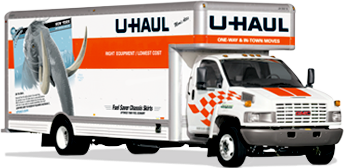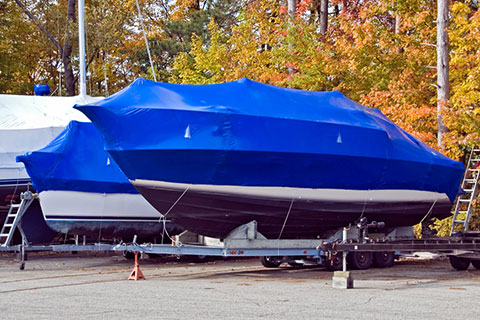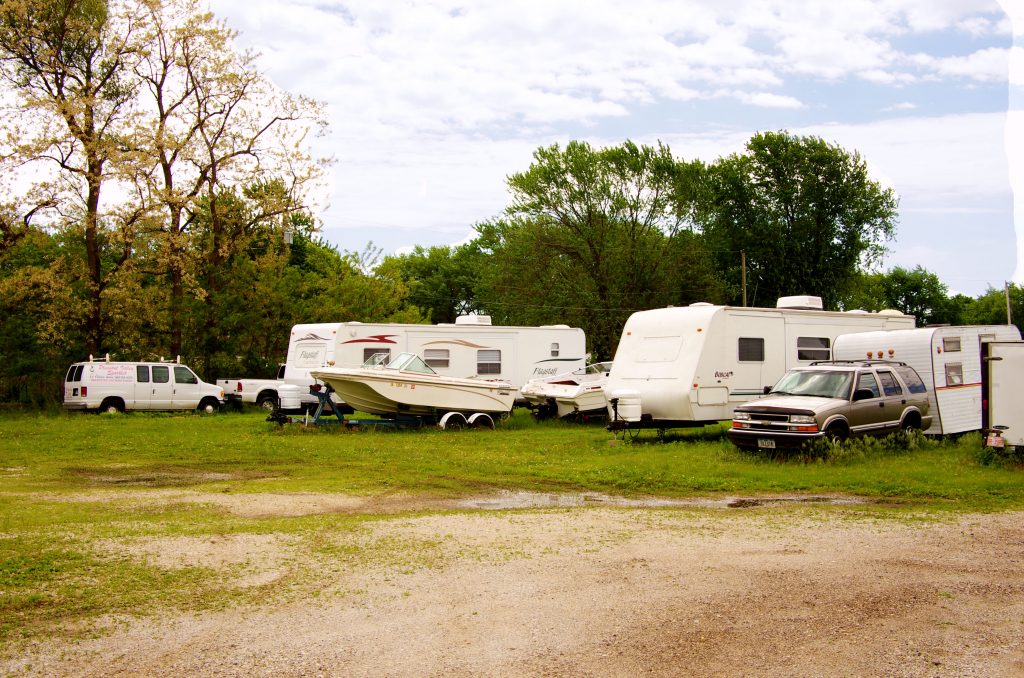August is wrapping up, the air is cooling down, and for many people, the start of classes is just around the corner. As students start the move to campus, they may quickly realize that they’ve brought more than what can fit inside their dorm rooms. When that happens, it’s necessary to find somewhere safe to store the extra belongings.
Many students opt for the cheap, convenient option of renting a self-storage unit nearby campus. If you’re thinking about this option, we have some tips to make the most out of your self-storage unit.
Self-Storage Tips
Pallets.
When you want to store belongings in a self-storage unit, you want to make sure that they stay clean, safe, and dry. It may sound like a no-brainer, but while keeping your items off the floor is essential, it is often completely overlooked by renters.
There’s no guarantee that the elements won’t find a way to sneak up under the door to your unit. Pallets will take a weight off your mind by ensuring the safety of your belongings.
Wrap it up.
By wrapping as much as you can in industrial plastic wrap, you give yourself an extra layer of insurance that your stored belongings are protected from dust, moisture, and creepy crawlies.
Use a good lock.
Though self-storage units have security, you can never be too careful when it comes to your belongings. Using an all-weather pad lock with a short arm can provide you with extra peace-of-mind.
Labels.
You might know exactly what you’re putting into your storage unit, but how well will you remember where everything is? Especially when it comes to smaller items that may be stored together in boxes?
To avoid having to search and dig around ages trying to find what you’re looking for, label as much as you can in a simple, clear way. That way you will always know what is inside a box at a glance.
Brush up on your Tetris skills.
Though we offer storage units of varying sizes, we know that even the smallest units can hold a great deal. All it takes is a little bit of tactical organization and wise packing.
BONUS TIP: Bringing plywood to lay across several boxes can create a stable base to build layers to stack boxes. This also helps take pressure off the tops of the boxes and keep things safe.



